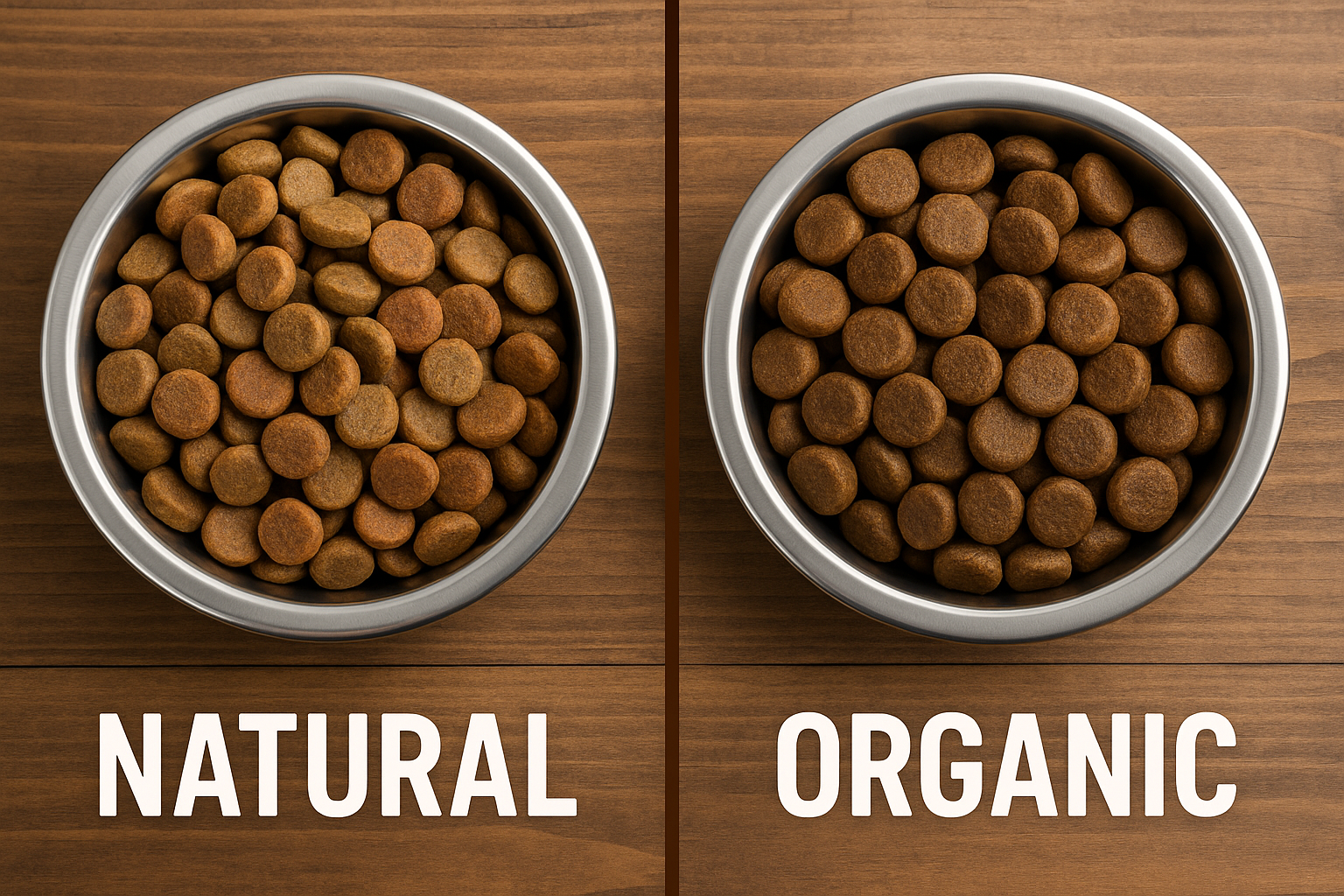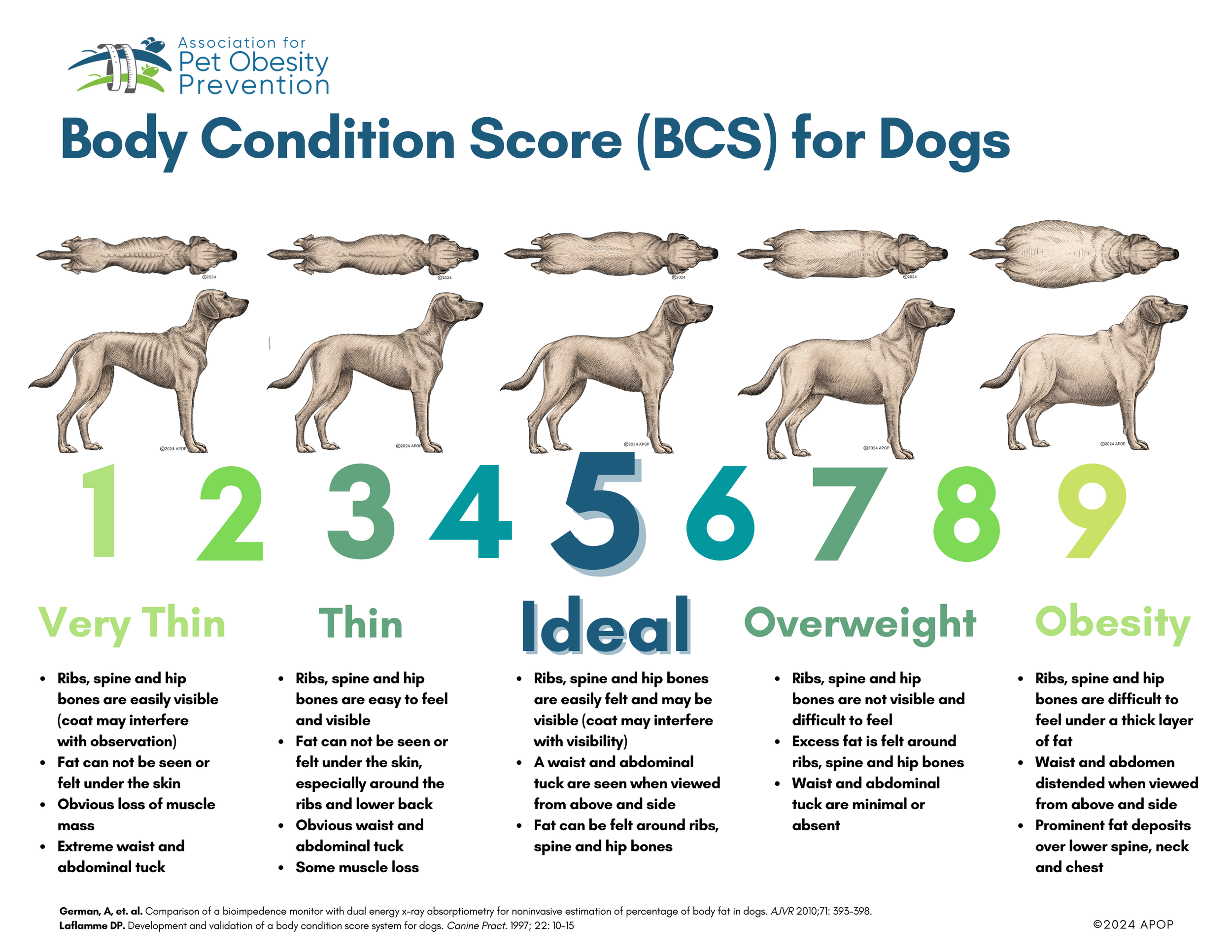What does "natural" mean on a pet food label?
6 mins to read

When shopping for pet food, one word tends to stand out on the packaging: "natural." It's a term that immediately grabs attention, suggesting the food is wholesome, healthy, and free from anything artificial. But what does "natural" actually mean when it's stamped on your pet's kibble, canned food, or treats? Let’s dive into the details to understand what this term entails and what it doesn't.
Defining "Natural" in Pet Food
In the United States, the pet food industry is regulated by the Association of American Feed Control Officials (AAFCO), which provides guidance on many terms used in pet food labeling, including "natural." According to AAFCO, a "natural" pet food product must consist of only natural ingredients that are derived from plant, animal, or mined sources, with no chemically synthetic processes applied except for certain vitamins, minerals, and trace nutrients.
This means that, at a basic level, a natural pet food product should be free of artificial flavors, colors, or preservatives. However, the AAFCO definition leaves room for some interpretation, and understanding what’s really in your pet's food requires a closer look.
What "Natural" Does NOT Mean
While "natural" might sound like the ultimate standard for pet food quality, it's important to know what this label doesn't guarantee:
No Guarantee of Organic
"Natural" and "organic" are often confused, but they are not the same. Organic pet food must meet strict USDA standards, including the use of certified organic ingredients, no synthetic pesticides, and no genetically modified organisms (GMOs). Natural pet food does not have to meet these criteria.
No Standard of Nutritional Balance
Just because a pet food is labeled “natural” doesn’t mean it is complete or balanced. Unless the label explicitly states it meets AAFCO's guidelines for "complete and balanced" nutrition, the food may not provide all the nutrients your pet needs for optimal health.
No Artificial Ingredients ≠ No Processing
Natural pet food can still be highly processed. For example, kibble production involves high heat and extrusion processes, which can significantly alter the original ingredients. While the ingredients themselves may start as "natural," the manufacturing process may strip them of some nutritional value.
Doesn't Rule Out Byproducts
Some natural pet foods may still include animal byproducts such as organ meats, which are often nutrient-dense but can carry a stigma. If you're concerned about specific ingredients, it's essential to read the ingredient list rather than relying solely on the word "natural."
How to Read Between the Lines
If you’re trying to make informed choices about your pet’s diet, here are some tips for understanding labels beyond the “natural” claim:
Look for Specific Ingredient Lists:
Check for whole, recognizable ingredients like "chicken" or "sweet potatoes" rather than vague terms like "meat meal" or "animal fat."
Check for Nutritional Adequacy Statements:
Ensure the packaging states that the food is formulated to meet AAFCO's nutritional levels for your pet’s life stage (e.g., "puppy," "adult," or "all life stages").
Research the Brand's Transparency:
Reputable pet food companies will often provide detailed information about their sourcing, manufacturing processes, and ingredient quality. Look for brands that prioritize transparency.
Be Wary of Marketing Buzzwords:
Words like "premium," "holistic," and "natural" are not regulated as strictly as you might think. Focus on the actual ingredients and nutritional information instead.
Natural vs. What Your Pet Really Needs
While natural pet food may sound appealing, your pet's health depends on more than just avoiding artificial additives. The most important factor is providing a diet that is complete, balanced, and appropriate for your pet's specific needs, whether that's managing allergies, maintaining a healthy weight, or supporting an active lifestyle.
In some cases, a food with synthetic vitamins or preservatives may be a better option for your pet if it's formulated to address their unique dietary requirements. Always consult your veterinarian when choosing a new food, especially if your pet has special health concerns.
The Bottom Line
The word "natural" on a pet food label can indicate a product free of artificial additives, but it doesn't tell the whole story about the quality, nutritional value, or processing methods. While it's a good starting point, it's just one piece of the puzzle. To truly understand what you're feeding your pet, take the time to read ingredient lists, research the brand, and consult with your vet. After all, your furry friend deserves nothing less than the best!






